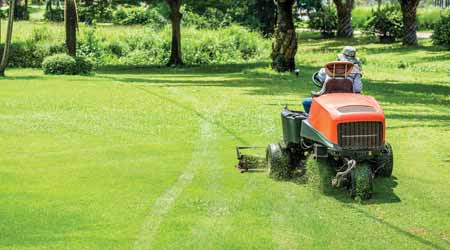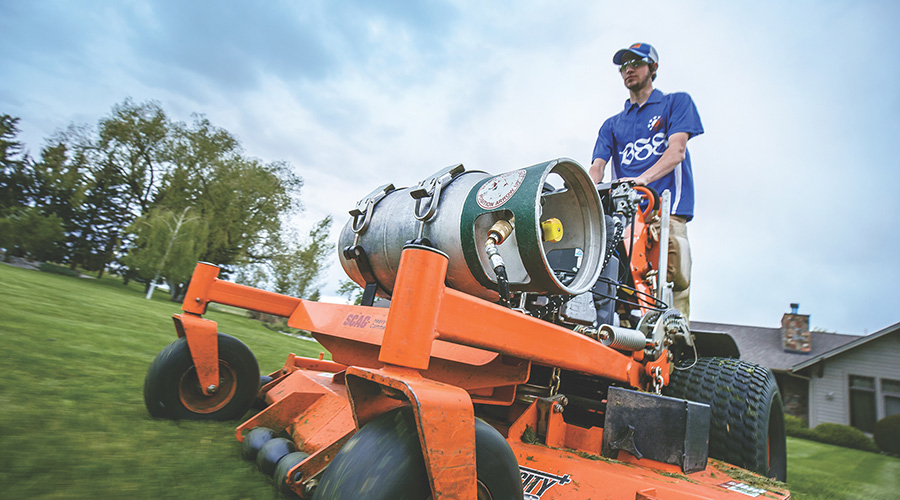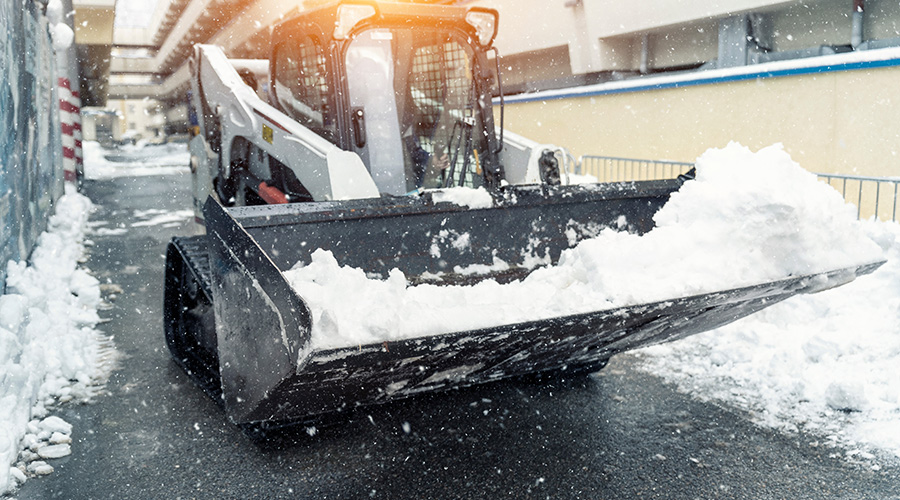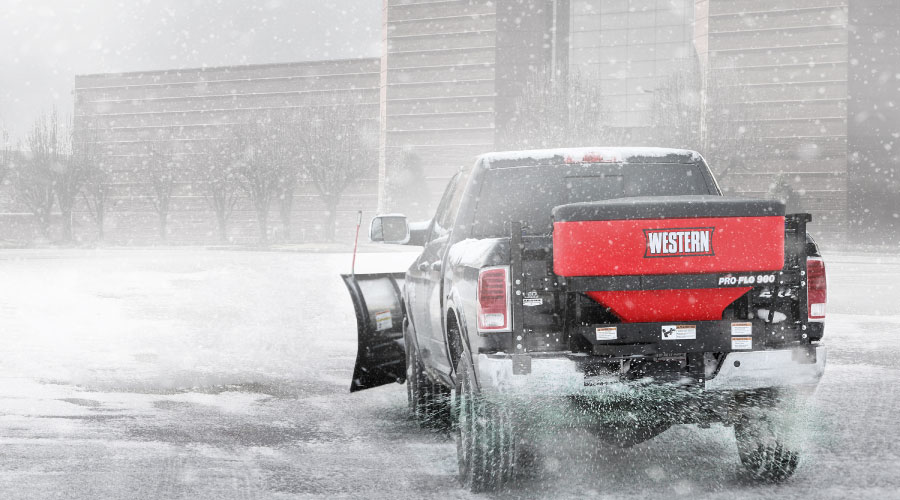Mowers: Buying vs. Leasing
Advances in fuel efficiency, safety, comfort and maintainability mean new specification considerations for managers
Depending on individual requirements, managers need to consider several factors involved with value, including performance, durability, efficiency, safety, and comfort. But ultimately, the decision comes down to the total cost of ownership. Managers can calculate this number by starting with the cost of the unit plus all finance charges, assuming the organization is not paying for it outright.
If leasing is a consideration, make sure to include the lease factor. Be aware that leasing companies have been known to sell buyers by emphasizing that there will not be finance charges while neglecting to disclose that they still will charge a variety of other fees.
Leasing can be a viable option, but it depends on which option a manager finds to be more cost-effective. The basic difference between leasing and buying usually comes to this: In a lease, the customer typically pays only for what is used, and the monthly payments count as an operating expense — unless the lease is structured as a capital lease — with no tax benefit. With a purchase, the organization gets the tax benefit of depreciation. But the manager still must find a way to dispose of it once it passes its usefulness.
The next step is to figure in the efficiency costs, which include the type and amount of fuel the mower burns per hour and the service requirements, including oil changes, lubrication, and replacement of tires, belts, filters, etc.
Managers also need to figure several other aspects into the equation:
• Insurance costs
• Warranty. This depends on warranty type and length, as well as covered repairs and those managers do not expect to be covered, which requires research.
• Maintenance plan. More equipment dealers offer service plans that will cover recommended maintenance. They will even finance it along with the purchase, ensuring the manager will get the best out of the mower throughout the duration of ownership.
• Length of ownership. If the plan is to turn it over when the warranty is up, then the yearly cost is known. But if the plan is to keep it out of warranty, the next step is to forecast maintenance and repair costs as it ages, which can contribute substantially to the cost of ownership.
The good news is that manufacturers have been making sturdier mowers that also are more efficient and require less frequent servicing, which leads to greater longevity — provided operators and mechanics perform required inspection and repairs. As technology continues to improve, it will be easier for them to control costs and pass on the savings on to customers.
Eye on innovations
After calculating the mower’s total cost of ownership, the next step is to focus on the other factors associated with value, including safety, performance, fuel efficiency, comfort and stronger regulations.
Safety continues to play a pivotal role in specifying the most suitable mower. Although certain safety features such as deflectors, roll bars, and seat switches have been standard for decades, manufacturers continue to improve on these features. One key for managers is to look at dealers and manufacturers that provide the most comprehensive equipment manuals and information on the safe operation of their products. Many now include a training session with the purchase.
Mower downtime due to maintenance and repairs creates lost hours; namely, the time it takes to finish a job translates to operator salaries, as well as hours — wear and tear — on tools and equipment. All of this impacts the bottom line.
Manufacturers have made great innovations in recent years designed to minimize service downtime. They have found ways to reduce maintenance requirements and frequency, and they have increased deck sizes to accommodate large, open turf areas, and they have added zero-turn technology. Both of these innovations can markedly elevate productivity.
Managers need to make sure they are fully aware of the landscape’s terrain and space limitations. Not understanding these factors could result in selecting a mower that is too wide to mow around trees and flower beds on the grounds or to fit through the gate or door to the storage space.
Higher fuel efficiencies offer benefits related to the mower, the environment, and the wallet. Manufacturers recognize the importance of controlling operating costs. They also must adhere to regulatory requirements surrounding emissions, which continue to get tougher as more data comes in on the adverse effects of pollution on the environment.
After a long stretch of limited improvements in engines, managers are starting to see solid advances in the form of less demanding servicing requirements and improved fuel economy, which serve the dual purpose of lowering operating costs and dangerous emissions.
Gas and diesel engines also have become more efficient, and electric engines and battery technology have improved to such an extent that they are gaining the respect and acceptance in the market. Some manufacturers have gone so far as to predict that electric engines in mowers and other outdoor power equipment will become common within the next five-ten years, making them viable options worth considering.
The market has finally recognized that operator comfort is no longer just a luxury. For one thing, giving operators the best equipment to do their jobs contributes a great deal to providing a healthy work environment. Satisfied employees are more productive, they deliver better quality work, and the department’s turnover rate drops dramatically, resulting in satisfied customers and lower operating costs.
Comfortable, ergonomically correct tools also help to prevent injury and fatigue, which also leads to increased productivity while curtailing unnecessary health and safety risks.
Mower manufacturers have started including operator comfort in their research and development process, and they have made great strides, particularly related to mower seats, suspension, control placement and of operation.
As mowers evolve, it might be time to relegate servicing to the experts. The latest generation of mowers offer incredible improvements, but they also might demand a fresh approach to inspection, maintenance and repair because they now involve more specialized knowledge and tools. Now could well be the time for managers and operators to stick to their areas of expertise, invest in a mower service plan and leave mower maintenance to the experts.
Mike Fitzpatrick is vice president of U.S. Lawns — www.uslawns.com — which has about 260 franchise locations nationwide. He has more than 30 years of experience in the green industry.
Related Topics:














